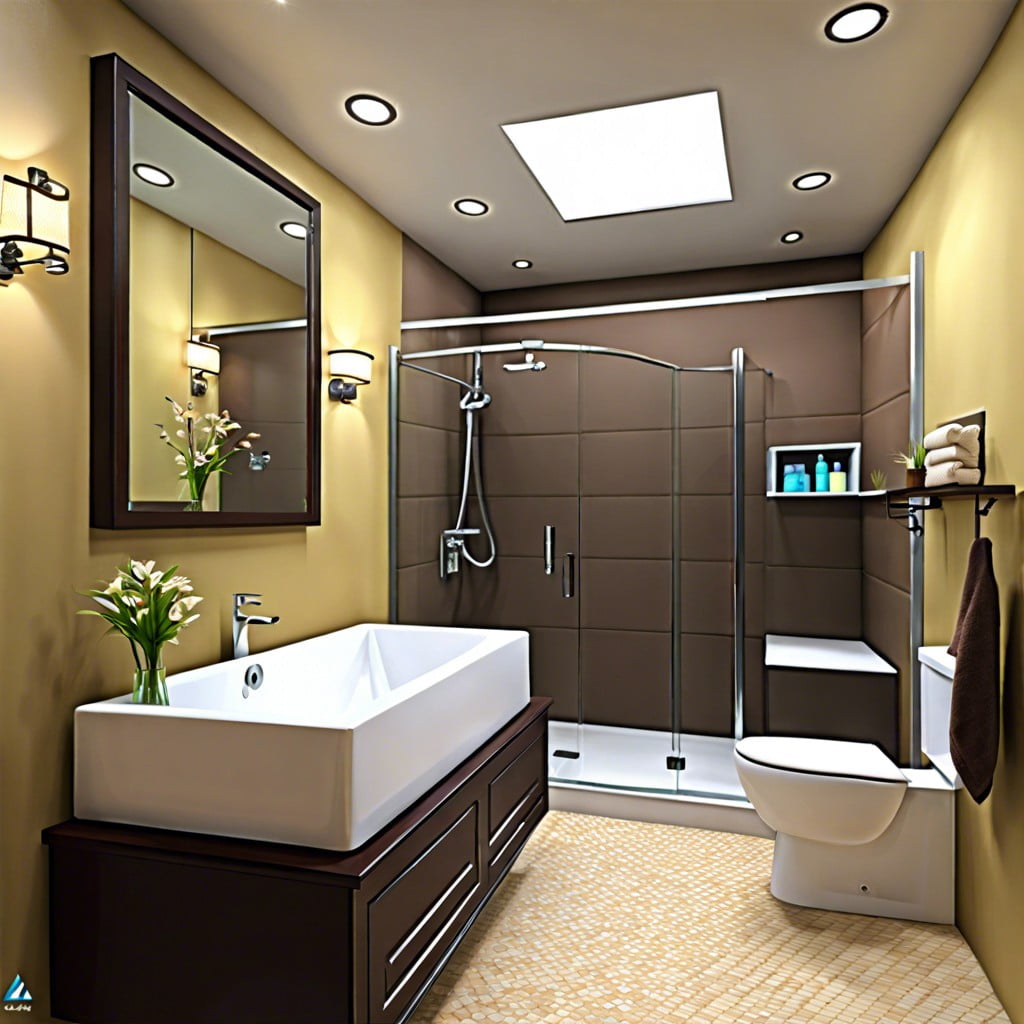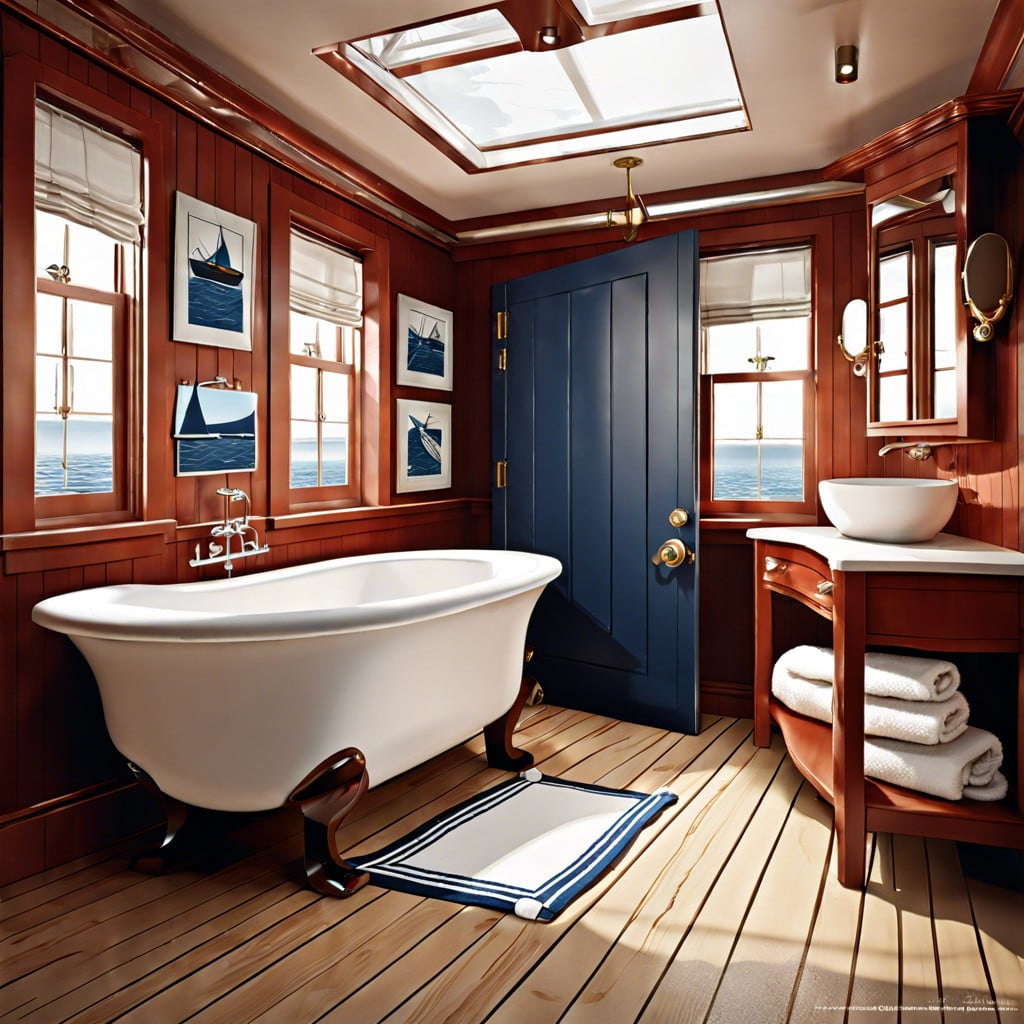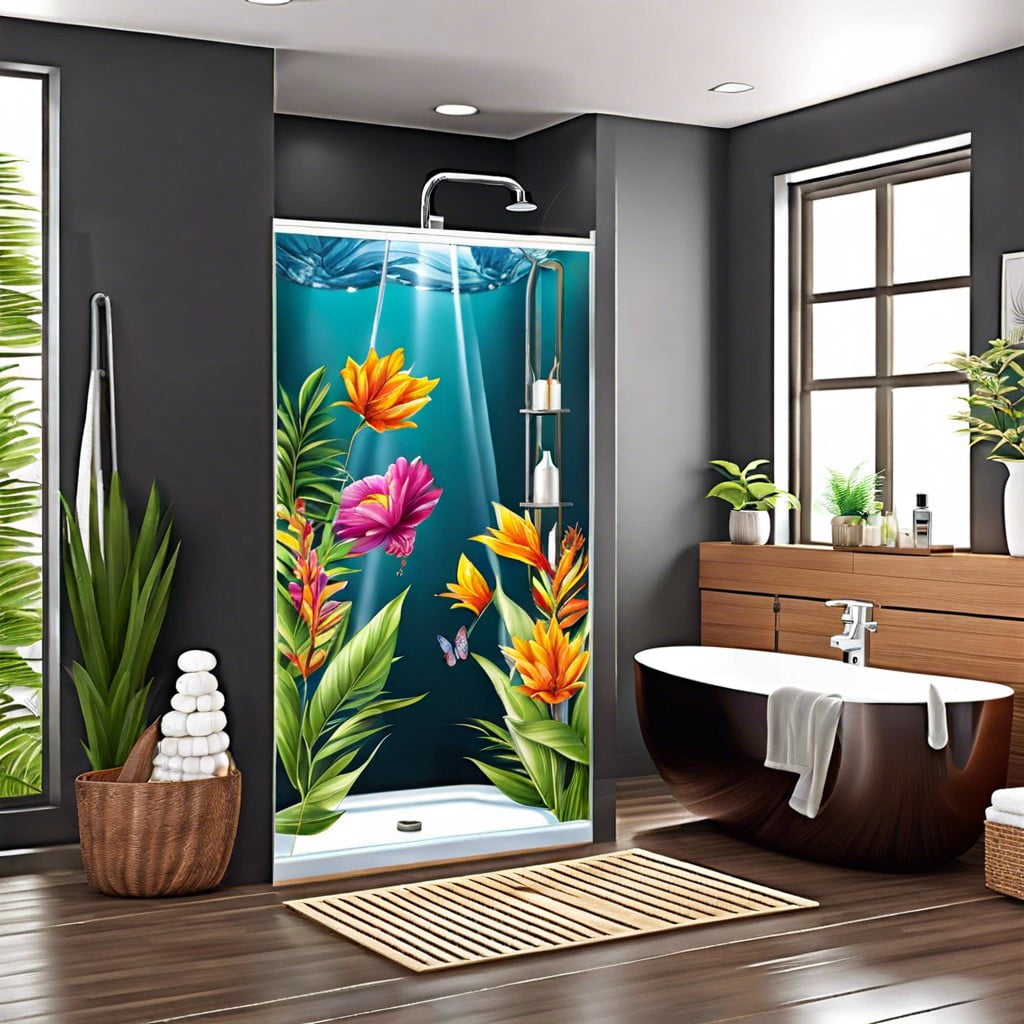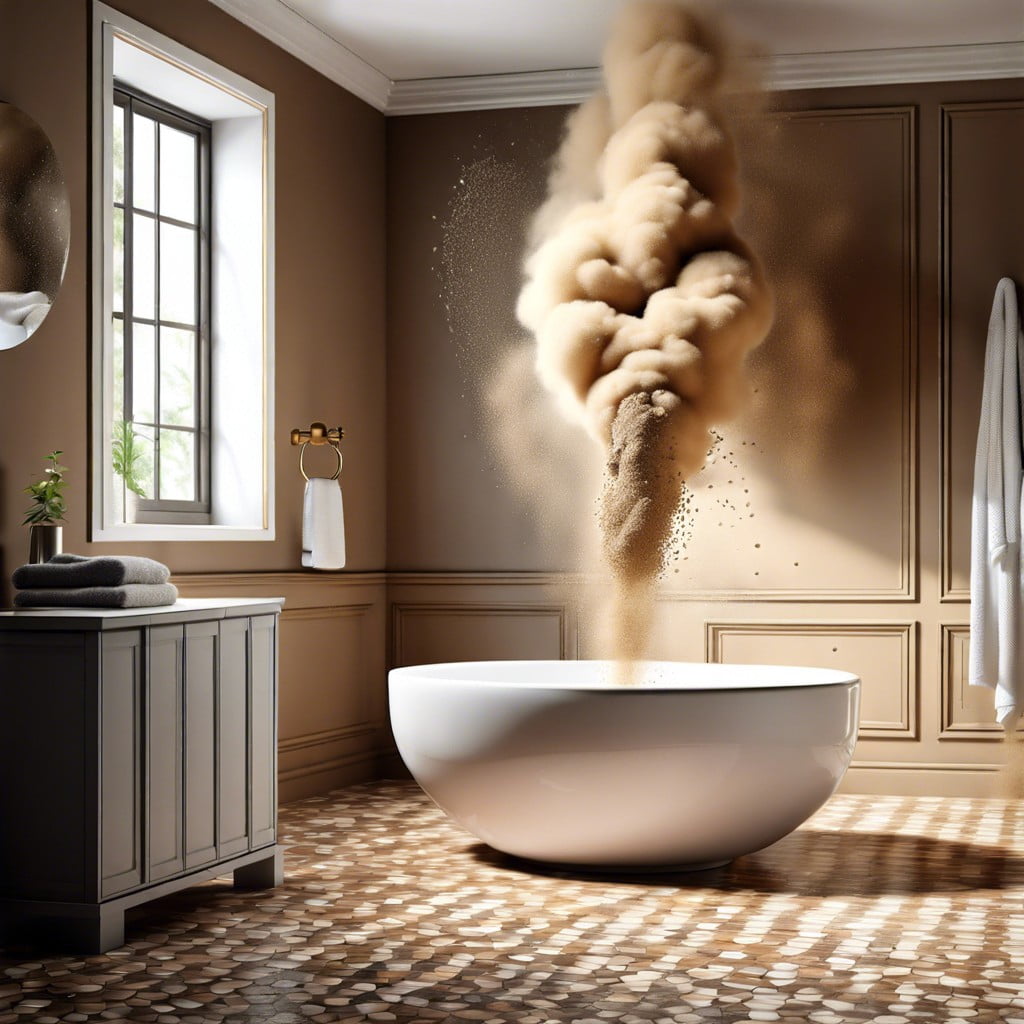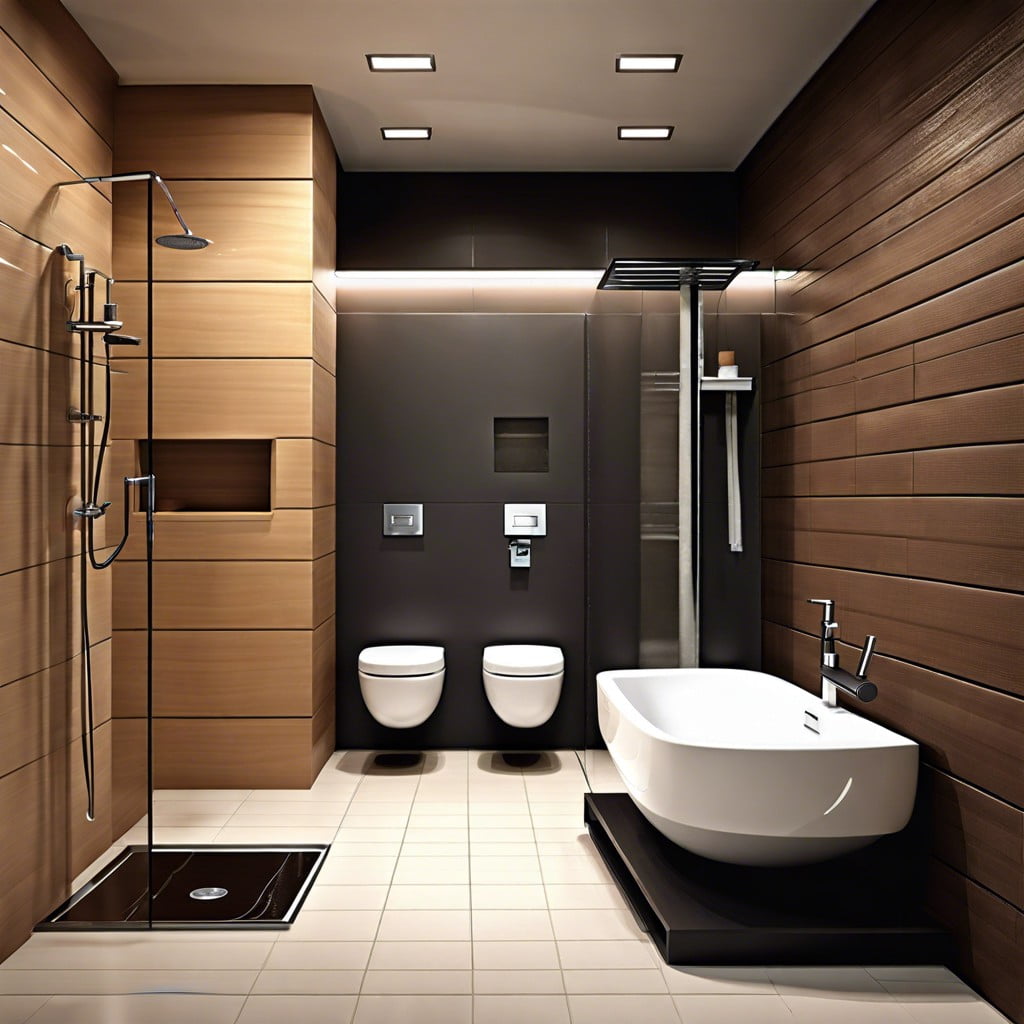Last updated on
Discover the recommended frequency for walking your dog to ensure they can pee comfortably and maintain good health.
Key takeaways:
- Factors determining pee frequency: age, size, breed, diet, activity level, and health status.
- Puppy pee schedule: walk every hour for every month of age.
- Senior dog pee schedule: observe and adjust according to needs.
- Strategies for when away all day: dog walker, doggy daycare, interactive toys, adjust meal times.
- Health concerns: increased or decreased urination may indicate underlying issues.
Factors Determining Pee Frequency in Dogs
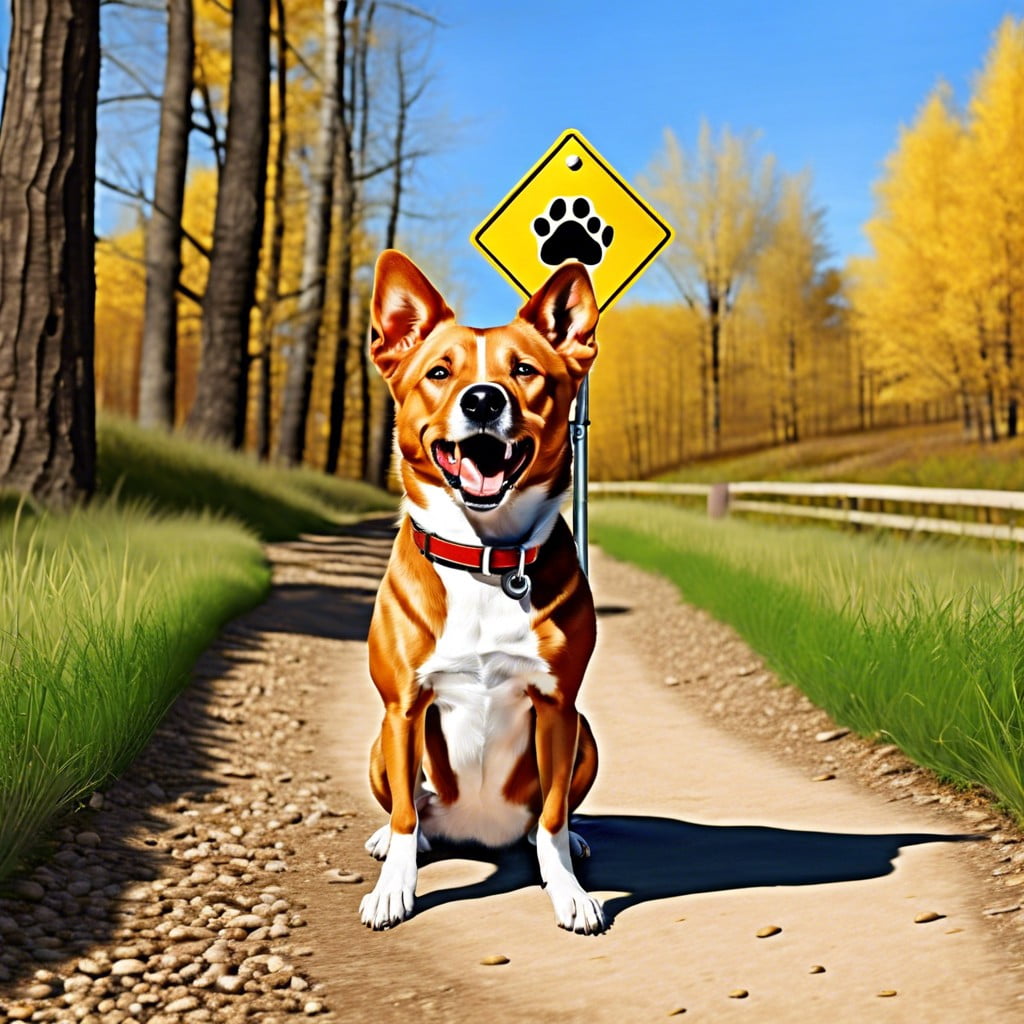
Several elements influence how often a dog needs to go outside for a bathroom break:
- Age: Younger puppies require more frequent trips outside due to their developing bladder control, approximately every one to three hours. On the other hand, adult dogs generally need to relieve themselves every four to six hours.
- Size and Breed: Smaller breeds have smaller bladders and faster metabolisms, necessitating more frequent outings. Larger breeds can usually hold their bladder a bit longer.
- Diet and Water Intake: Dogs who consume more water or are on a wet food diet might need to pee more frequently.
- Activity Level: More active dogs may need to go outside more often as movement stimulates the bladder.
- Health Status: Dogs with certain health conditions, like diabetes or kidney issues, may need more frequent bathroom breaks.
Understanding these factors can help dog owners manage and plan their schedules to meet their furry friend’s needs effectively.
Puppy Pee Schedules
Puppies, like infants, have small bladders and need more frequent bathroom breaks. Generally, the rule of thumb is: a puppy can hold its bladder for one hour for every month of its age. So, a three-month-old puppy should ideally be walked every three hours. Of course, this varies with activity levels and individual health.
Right after meals, playtime, or waking up, be ready to head outside. These moments particularly stimulate their little systems into action! If you’re consistent with these times, you’ll likely see fewer accidents and a happier pup.
Always keep the walks cheerful, as they also double as essential bonding and training times. Be patient—puppies learn over time, and consistency is your best friend here. Remember, every puppy is distinct, and adjusting to their specific needs is part of the joyful challenge of raising a young dog.
Senior Dog Pee Schedules
As dogs age, their needs change and so does their bathroom schedule. Senior dogs might need more frequent outings due to decreased bladder control or health issues like diabetes or kidney disease. It’s generally a good idea to start with a trip outside every 4-6 hours. Observe how your older dog manages this routine and adjust accordingly.
Keep the walks gentle and the outings brief; old bones appreciate kindness. If your senior dog seems unable to make it through the designated interval, more frequent shorter trips might be necessary. Pay close attention to signs of distress or discomfort, which could indicate a need for a veterinary consultation.
Remember, consistency helps keep your aged friend comfortable and avoids accidents.
Adjustments for Dog Pee Frequency When Away All Day
Balancing a busy schedule with your dog’s needs often requires creative solutions. If you’re away all day, consider the following strategies to manage your dog’s bathroom breaks:
**Invest in a Dog Walker**: A reliable dog walker can bridge the gap between your long workdays and your dog’s need for regular pee breaks. This keeps your furry friend comfortable and avoids indoor accidents.
**Doggy Daycare**: Doggy daycares offer socialization and regular pee breaks. It’s a stimulating environment that ensures your dog is taken care of physically and socially.
**Interactive Toys**: Keep your dog engaged while home alone with puzzle toys. While this doesn’t solve the pee problem, it helps alleviate boredom and anxiety, reducing the chance of stress-induced behavior.
**Adjust Meal Times**: Modifying when you feed your dog can influence when they need to go. Early morning feeding might prompt an early need for a break, holding them over until you come home or the walker arrives.
These adjustments help maintain your dog’s wellbeing and ensure your home stays accident-free, even during long days away.
Health Concerns Related to Urination Frequency
Increased or decreased urination can signal health issues in dogs. If your dog suddenly needs to go more frequently, consider diabetes or a urinary tract infection, which increase thirst and urine output. Conversely, less frequent urination might suggest dehydration or kidney problems. Both scenarios warrant a vet visit to root out potential problems early and keep your furry friend healthy and comfortable.
Recap
